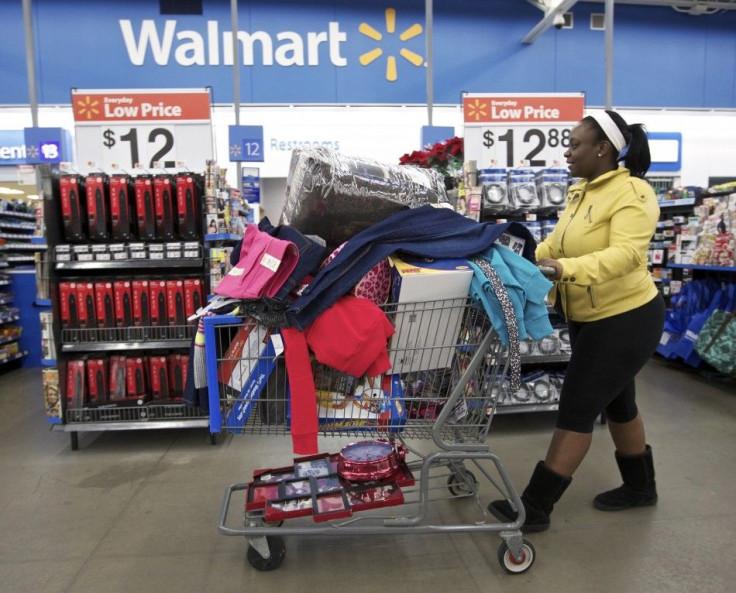Luxury perfumes stocked at Walmart and Target at affordable prices; Fragrance makers blame gray market for ‘brand erosion’

It is an acknowledged fact that celebrity-fronted fragrances command exclusivity and retain an aura of high luxury and the point of difference to the mass market. However, such envied elitism is going bust as big retailers like Walmart and Target have started stocking those fascinating fragrances in their shelves and selling them at unbelievable prices.
This move has destroyed the privilege of departmental stores, who had been the exclusive retailers so far and sold these designer perfumes by retaining their high status among consumers.
“If you see the fragrance you love sold at Macy's and bulk-packed in a club store, it may diminish your feeling of the prestige of the brand," Ann Gottlieb, a New York-based fragrance-industry consultant said.
That observation is borne by the affordable pricing for luxury fragrances at Walmart, which sells a 1.7 oz bottle of Dolce & Gabbana's Light Blue fragrance at US $38.52 (AU$52.63) , while a similar bottle of Light Blue may command a price of US$74 (AU$102) at a Sephora department store, the Wall Street Journal reported.
Perfume makers in the U.S never sell directly to mass retailers and their channels are separate. How they offer the price cushion is also interesting. For example, consumer-goods giant P&G, which produces Dolce & Gabbana fragrances, sells the perfume to high-end retailers like Bloomingdales, Nordstrom and Sephora. But it never sells to Walmart or Target.
P&G also spends heavily on ads to promote its fragrances. Its latest campaign for Gillette razors includes an action-packed commercial linked to the new James Bond movie, “Spectre.” The ad is focused on a muscular brute that attacks a man as he shaves. In the ad campign, P&G is focusing on the P&G line of James Bond 007 fragrances and its higher sales as part of a multibillion-dollar deal with Coty Inc, the Business Journal reported.
Contentious source of supply
In the case of perfumes, it may seem retailers like Walmart have enlarged the accessibility of these elite fragrances, especially those from famous designers such as Dolce & Gabbana, Calvin Klein, and Davidoff. But the price cushion offered to the consumers do bleed perfume makers, who blame big box retailers for sourcing the products from back channels, fondly called the 'gray market' rooted in Europe and Asia.
Unlike the U.S., where perfume makers can sell their products directly to large retailers, manufacturers are handicapped by any direct distribution set up in EU and Asia. As a result, they end up selling to wholesalers and distributors at 60 percent price reductions.
These overseas distributors, in turn, make a quick buck by re-routing the same products back to U.S. mass retailers who are ready to buy large volumes. Despite these branded stores asserting that the perfumes were sourced from legally authorised channels, many in the industry told WSJ that this is not so and that perfume brands are in for a brand dilution.
A Walmart Stores spokeswoman claimed the retailer works with “well-respected suppliers” for a broad assortment of fragrances. Brian Brokate, head of the intellectual property law at Gibney, Anthony & Flaherty LLP, also said it was not illegal for retailers to sell gray-market merchandise, provided the products are authentic and duly approved for sale.
For feedback/comments, contact the writer at feedback@ibtimes.com.au or let us know what you think below.





















